

Too young. Too old. Too female.
source link: https://uxdesign.cc/too-young-too-old-too-female-a5005ec1c54f
Go to the source link to view the article. You can view the picture content, updated content and better typesetting reading experience. If the link is broken, please click the button below to view the snapshot at that time.
Too young. Too old. Too female.
An exploration of the topic of ageism in the workplace and how your sex may contribute to the level of ageism you experience.
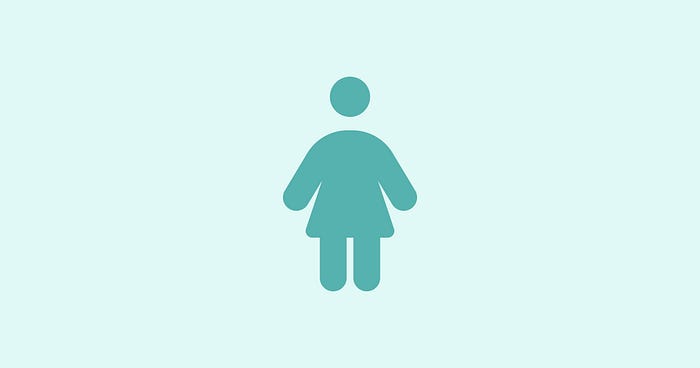
Have you ever been told you need to stop speaking up in meetings because it’s rubbing people the wrong way or that you were being too aggressive by speaking up? Or maybe you were told you are too quiet, and that’s why coworkers are speaking over you.
Maybe you’ve been told you might one day be considered for a leadership position, but right now you’re “too immature” with no actual examples to illustrate your immaturity. Or perhaps your kids are older and you were passed over because you have the potential to be more distracted at work and need to leave early too often for family-related reasons.
Have you been interrupted mid-sentence to be asked “Did you know your eyes match your shirt today?” Or maybe someone told you you “don’t look like your picture.”
Maybe your boss mentioned in passing that you are “making more money than he was at your age so why are you asking for more?” in your last performance review?
It may even be possible you’ve been asked if you plan on having kids soon and didn’t answer honestly for fear you might be looked over for a promotion or leadership position.
These are commonly experienced scenarios affecting women of all ages in today’s workplace known as gendered ageism.
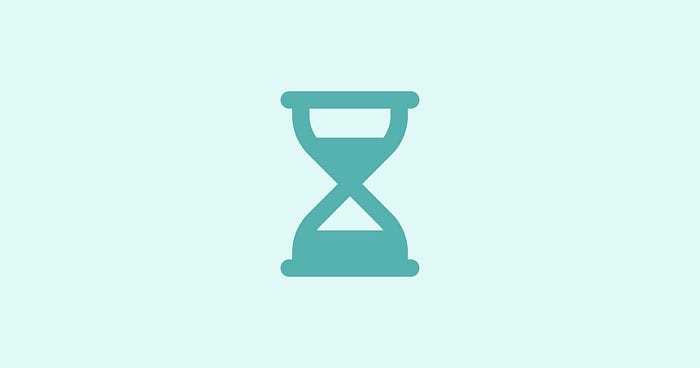
So what is ageism?
According to the World Health Organization, ageism is a term that refers to “the stereotypes (how we think), prejudice (how we feel) and discrimination (how we act) towards others or oneself based on age.”
Essentially, your effectiveness as an employee is directly tied–positively or negatively–to the number of years you have been on Earth.
Author and activist Ashton Applewhite writes that ageism, “occurs when a dominant group uses its power to oppress or exploit or silence or simply ignore people who are much older or significantly younger. We experience ageism any time someone assumes we’re ‘too old’ for something-a-task, a relationship, a haircut-instead of finding out who we are and what we’re capable of.”
Your age is directly tied to how people perceive you and your effectiveness. Too young and they may assume you don't know what you’re talking about.
Too “emotional” and they may assume it’s just “your time of the month” or the “ending of all times of the month.”
Too old and they may assume your thoughts are no longer relevant or you are no longer invested in your career because you’re coming up on retirement.

But what is gendered ageism?
Gendered ageism is the intersection of age and gender discrimination and is a double whammy for women essentially meaning there’s “no right age” to be a professional woman.
In an article entitled “Women in Leadership Face Ageism at Every Age,” authors Amy Diehl, Leanne M. Dxubinski, and Amber L. Stephenson share real stories and research gained from interviewing 913 female leaders detailing the effects ageism has–particularly on women throughout their entire careers.
Youngism
Young women experience gendered “youngism” which is “ageism toward younger adults, fueled by the conflation of age with maturity and the misperception that tenure is required for competency.”
Youngism assumes that you cannot add value beyond the number of years you’ve been alive or in a particular field. It excludes opportunities from individuals who have:
- been practicing their craft since middle school or
- pursued more knowledge and experience through freelance or learning opportunities.
Middle-ageism
Middle-aged women experience gendered “middle-ageism” which is ageism toward middle-aged adults based on the assumption they will be challenging to manage due to:
- family distractions,
- heightened emotions,
- or reactions during menopause.
“Fertility’s a problem (‘too much family responsibility’), as is its demise (‘menopause-related issues’ could be ‘challenging to manage’).” -Ashton Applewhite
Middle-ageism assumes that middle-aged women become more testy and distracted as they experience biological change and/or growth in their family units–unlike middle-aged men who are perceived as incredibly valuable and wells of knowledge to be cherished by the company.
Oldism
Older women experience gendered “oldism” which is ageism toward older women based on the assumption they are:
- not as valuable or relevant and
- less invested in their careers as they age.
A disproportionate importance is also placed on a woman’s physical appearance and the assumption women don’t physically age as well as men.
“First we’re too cute; then we’re too fertile; then we’re not cute or fertile and that’s all he wrote.” -Ashton Applewhite
Bonnie Marcus describes how gendered ageism affects women over 50, particularly in a society where a woman’s looks are hailed above all in “The Double Whammy For Women Over 50 In The Workplace Today”:
“…we’re aging and we’re aging in a society that worships youthfulness and beauty. And as women over 50 in the workplace, we feel the pressure to remain young and attractive to stay employed.”
Gendered Ageism
Youngism, middle-ageism, and oldism at the end of the day are all forms of ageism.
Categorizing them into life stages helps us understand specifically how the respective groups are impacted but potentially contributes to more division in women of all ages who experience discrimination due to age and gender.
Amy Diehl, Leanne M. Dxubinski, and Amber L. Stephenson also co-authored another article detailing research that reveals 30 reasons women are held back from leadership–most based on physical appearance.
Overall, there are many characteristics women are criticized for–not just age:
“The women leaders in our study were considered too young or too old. They were too short or too tall, too pretty or too unattractive or too heavy. They had too much education or not enough or their degrees were not from the ‘right’ schools. They suffered from disrespect and misperceptions due to race, color, or ethnicity. Whether they had children or were childless, the women were expected to work harder than men to prove their worth. Women were held back from leadership opportunities due to being single, married, or divorced. There was no personality trait sweet spot, as introverted women were not seen as leaders and extraverted women were viewed as aggressive. The effect, then, means women leaders are ‘never quite right.’”
Not only are women judged based on physical characteristics, but also on marital status, parental status, educational status, etc.
As one isolated incident, these experiences could be easily written off as not the norm or somehow that woman’s fault; however, the “proof is in the pudding” when we look at hundreds of individual women’s experiences across ages and career fields.
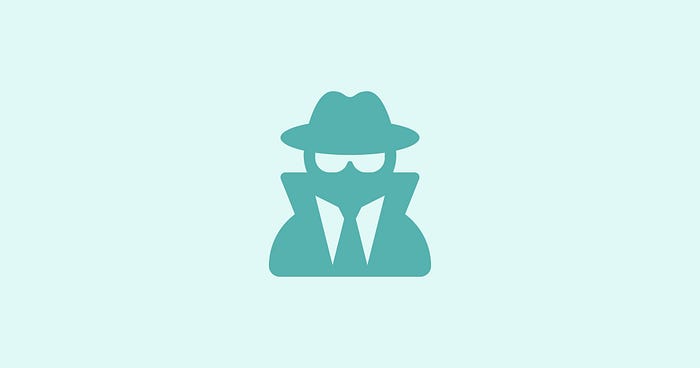
Ok. But does gendered ageism exist in UX, product design, and other design-related fields?
Well, based on everything we’ve just covered, yes. No one field is less impacted. If women are in that field, then the potential for gendered ageism exists.
We definitely know ageism is rampant, especially in the tech world and increasingly in the UX and product design fields. Age seems to equate to irrelevancy or incompetency on top of the discriminatory experiences women face.
writes about ageism in the UX field in “Combating Ageism in UX Design.”“In some tech companies, it’s a given that older employees will experience ageism. Age discrimination is a major issue in the tech world. Those over 50 are perceived as ‘slow,’ not willing to push the envelope and don’t put in the hours, but they’re also seen as ‘older than their peers.’”
There’s this idea in the tech world that older adults can’t or don’t want to stay up to date with the latest technologies and in order to be relevant, companies must hire younger design professionals.
Ageism impacts both men and women; however, “research shows that as men age they are viewed more valuable and competent in the workplace. Women lose their credibility with every new wrinkle.”
Apparently, this is attributed to the belief that a woman’s appearance matters more than a man’s and that men age more gracefully than women do.
Not only does having a lot of experience impact women in these fields, but the perception they haven’t had a lot of experience does as well.
Looking young in some fields where everyone is evaluating you on physical appearance is considered an advantage. When skills and knowledge are valued, looks can be a hindrance.
Either you are too distracting for some or not distracting enough. There is currently no winning.
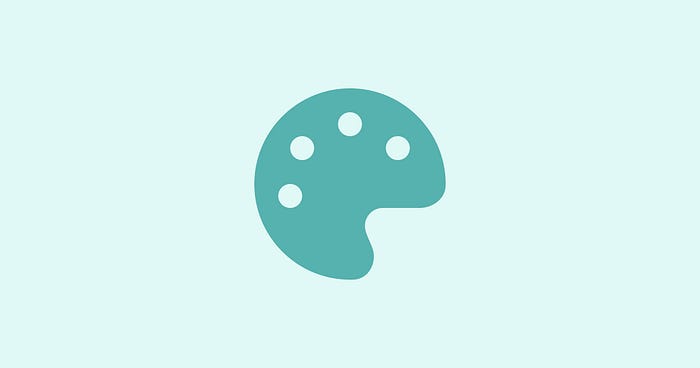
As a young professional woman in the UX and product design field, I can personally attest to the existence of gendered ageism–I have experienced it.
In addition to the typical resistance to user experience professionals on projects, we women experience comments on the way we appear, the way we present ourselves, and the way we interact with others.
Whether we are challenged on being too emotional or not being emotional enough, the feedback we receive is often more subjective than objective and actionable.
If we speak out, we are threatening or nagging. If we don’t speak loudly enough, others use that as an excuse to speak over us.
Being a user advocate takes on a whole new level of challenge when people either can’t or won’t look past your looks or gender.
As UX designers, we are often pushed to provide data to support our suggestions–more so proportionately for women. While I agree data is important to influence and back decisions, requiring it for women to be believed or trusted as the subject matter expert is unfair.

So, what can we do about it?
While we don’t have the power to make others change, we can control and change ourselves. Big change starts small–with you and me.
1. Recognize the problem exists.
The first step is admitting gendered ageism exists and that it is a problem. We can’t fix what isn’t perceived as broken.
Recognizing gendered ageism exists is also important for your own personal sanity. These situations can make you think and feel you are the problem–hello gaslighting.
While I am not saying there are no actual things women should receive feedback for or performance issues that need to be addressed, the issues addressed in this article would not necessarily fall under that umbrella.
2. Don’t take it personally.
Since this feedback can feel very personal and may even be about your personal physical appearance or characteristics, try not to take it personally. There is a larger pattern of bias against women you are facing–it’s not you.
Be aware of our tendency as women to internalize feedback:
Feedback that is subjective and not actionable should be carefully considered before making it an action item to change those things about yourself.
Read more about tips on how to not take feedback personally in this article written by Stacey Lastoe.
3. Flip the scenario.
When considering the type of feedback you are given, try flipping the statement or scenario as a quick gut check.
Would that same thing be said about a man? Or would a man be held to the same standards?
For example, would it be acceptable for you to interrupt a senior male teammate mid-sentence to comment about their appearance? Or tell them to smile more?
When was the last time a male employee was fired for becoming a father? Or not considered for a promotion because of potential family distractions?
Awareness starts here. With us. With me writing this article and with you reading it.
Women have been and are continuing to speak up–even when it seems no one will listen. Let’s keep speaking up together.
We have discussed:
- what gendered ageism is,
- that it exists in today’s workplace,
- and some coping mechanisms to help us deal with its effects.
I hope you feel seen, heard, and empowered to make the professional space a better place for women of all ages regardless of personal characteristics.
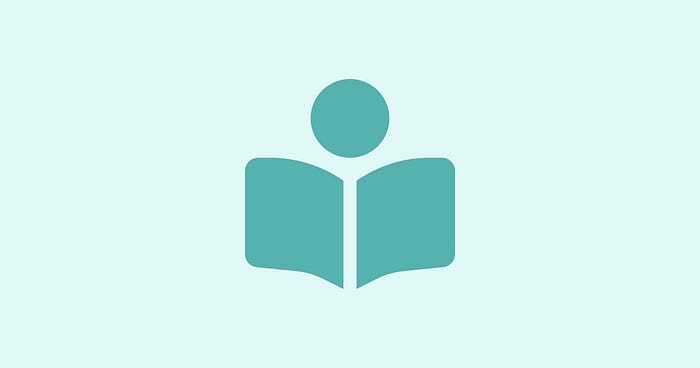
Don’t stop your learning here. I only covered a quick glimpse into gendered ageism and potential ways to personally cope.
Many authors more qualified than I am have deep-dived into ways we can impact change from the top down with structure and process changes.
Coping personally is only the beginning.
Special thanks to my dedicated support system, Hope Silbak and Laura Pribyl, for proofreading and giving feedback!
Recommend
About Joyk
Aggregate valuable and interesting links.
Joyk means Joy of geeK